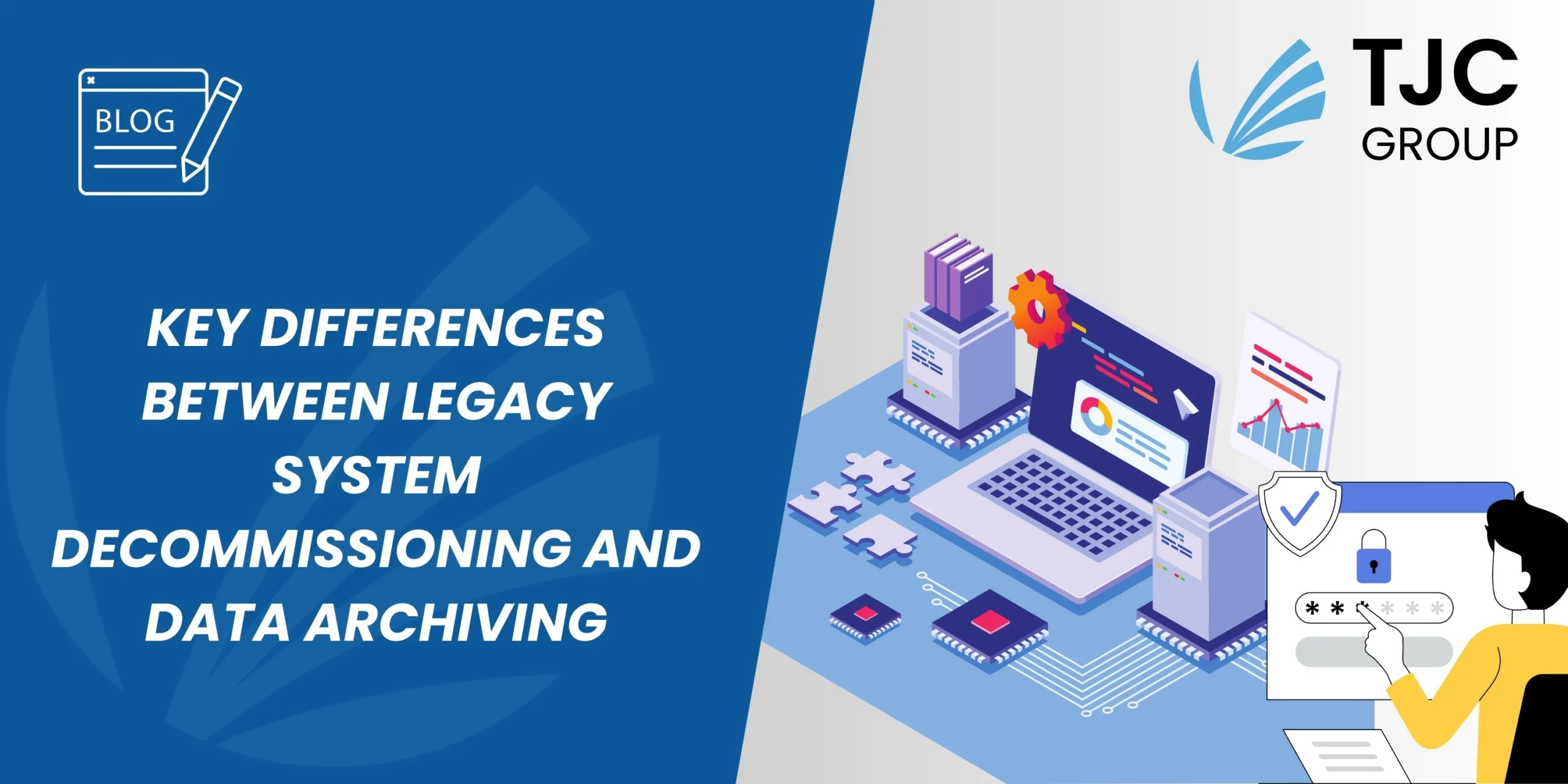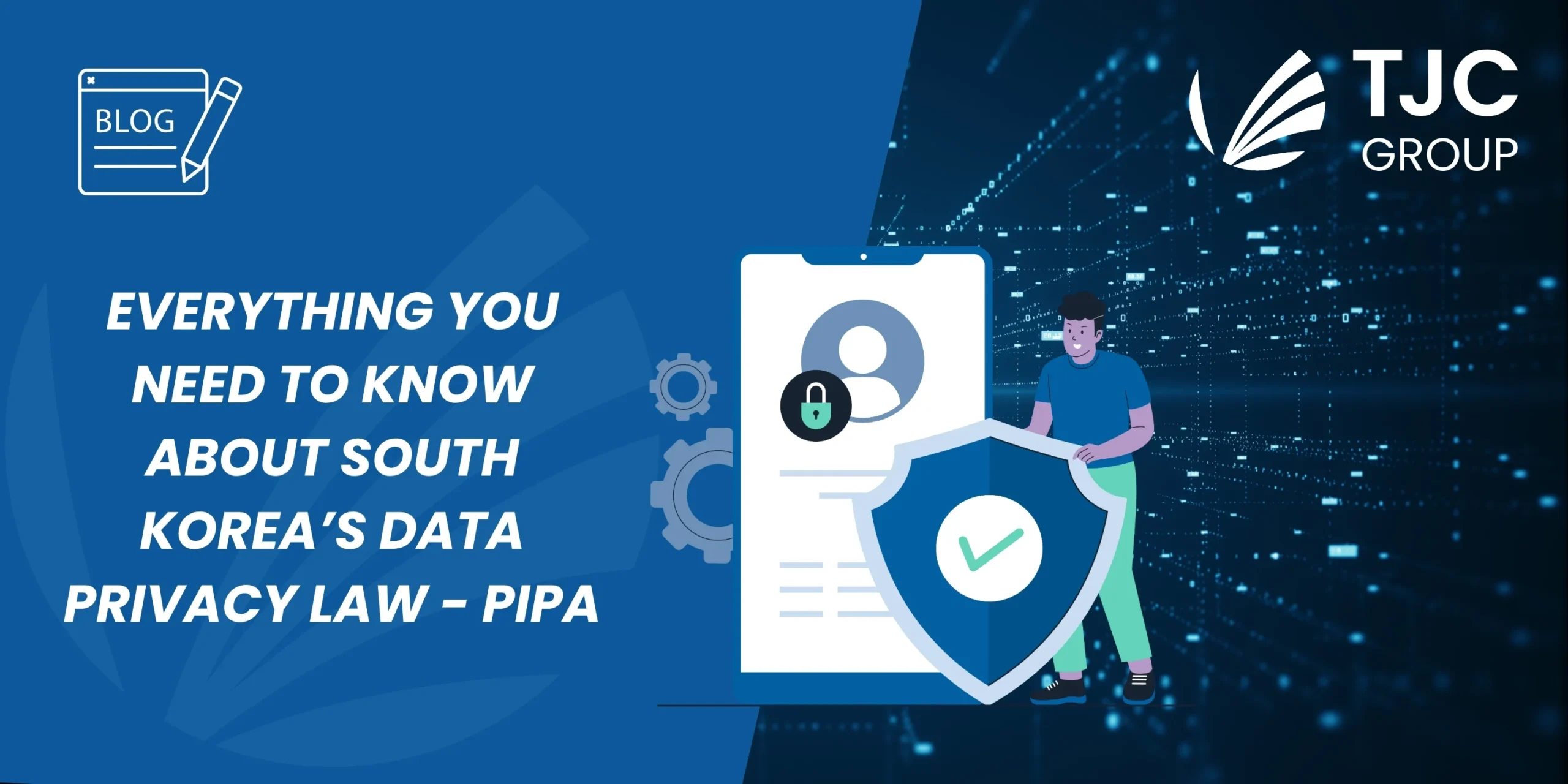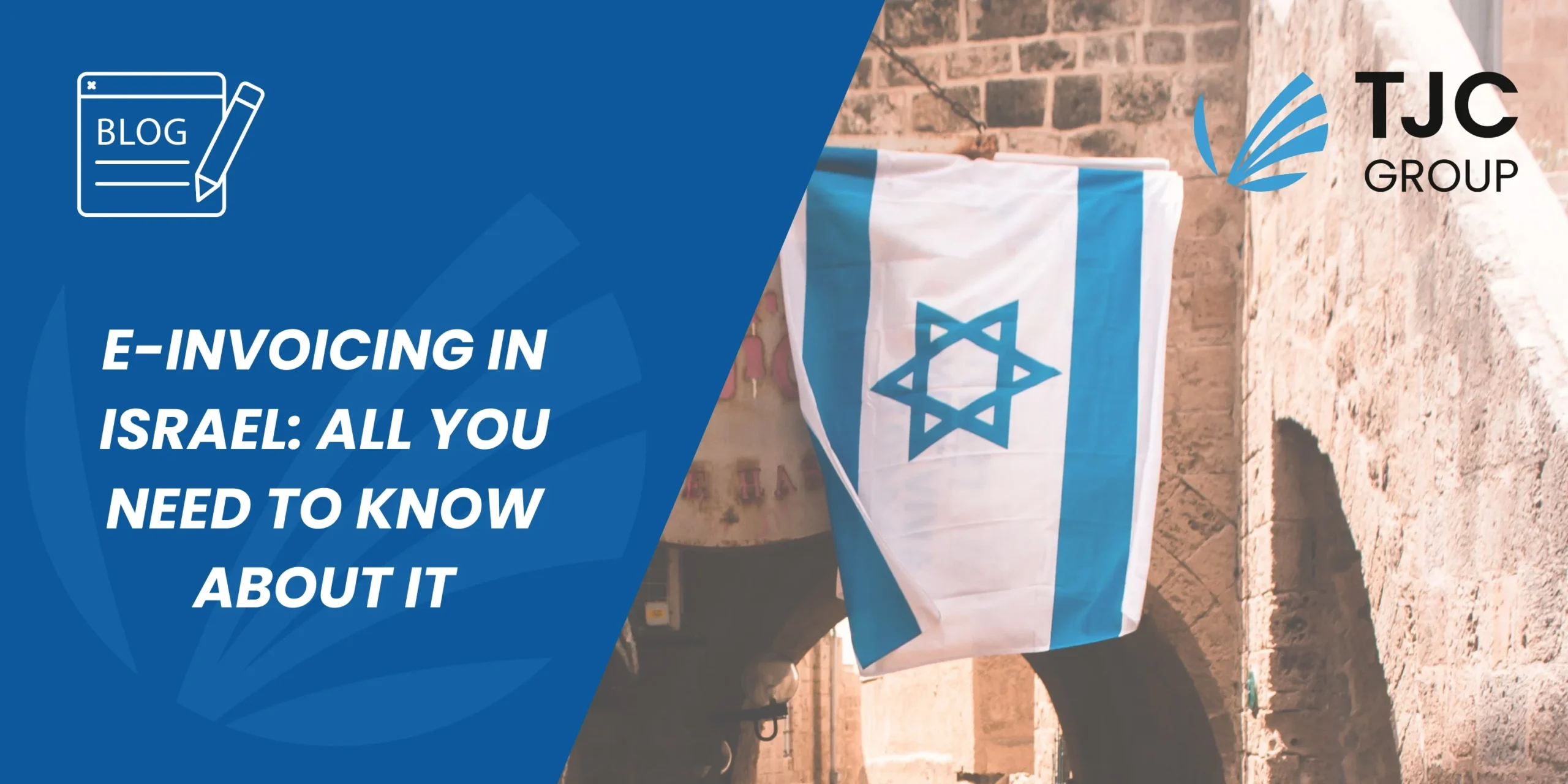28 February 2024
The Direction Générale des Finances Publiques (DGFiP), on 16th February 2024, hosted a community relay meeting with its stakeholders of the upcoming CTC mandate. During the meeting, the DGFiP announced additional details on the timeline leading up to the obligation.
To set the premises for e-invoicing in France, the French CTC mandate is scheduled to start from 1st September 2026, where all businesses must receive e-invoices and large and medium-sized businesses must start issuing e-invoices while e-reporting a defined scope of transactions and payment data.
The new plan for e-invoicing in France per DGFiP
The DGFiP, during the meeting, affirmed their commitment to uphold the deadlines for e-invoicing in France, leading to the following guidelines on the timeline –
Q2 2024: New technical specifications and new decree to be published. The new decree will enable service providers to obtain Partner Dematerialisation Platform (PDP) status without the need for proving connectivity with the Public Billing Portal (PPF).
Q3 2024: Issuance of the first certifications for PDP is expected.
Q4 2024: A restricted pilot to be conducted on a smaller scale. It will include a limited number of participants, including testing of the PPF directory and core functionalities.
2025: The pilot for CTC mandate for e-invoicing in France to start on a larger scale.
Additional topics discussed in the meeting
Apart from the new guidance on the timeline, re-opening of the pilot application, interoperability between the PDPs, and training of the chartered accountants for the CTC mandate for e-invoicing in France were also discussed.
For the re-opening of the pilot application, you can expect more information in the next spring meeting. So, stay tuned with us for more updates on the CTC mandate for e-invoicing in France.
Additionally, for more updates on e-invoicing, you can check out our page here!
FAQs
Q1. What is The Direction Générale des Finances Publiques (DGFiP)?
Answer:
The Direction Générale des Finances Publiques (DGFiP), which translates to the General Directorate of Public Finances, is a French government agency under the Ministry of Economy, Finance and Industrial and Digital Sovereignty. It is the main tax and public finance administration in France. The DGFiP helps define tax policies and drafts the laws and regulations, such as e-invoicing in France.
Q2. What is a CTC model?
Answer:
Continuous transaction control (CTC) allows law enforcement agencies, such as tax authorities, to collect data on business transactions in their respective countries. Unlike traditional invoice reporting, in the CTC model, data is obtained directly from business transaction processes or data management systems in real-time or near real-time.
Q3. What are the different models of CTC?
Answer:
The models for continuous transaction control (CTC) differ from country to country and vary in design and implementation. These models can be centralised or decentralised. Even though these models are country-specific, we can group them into broad categories such as:
- Interoperability: Allows taxpayers to use a service provider to exchange e-invoices.
- Real-time invoice reporting (RTIR): In this model, there are no specific regulations for invoice exchange.
- Clearance model: In this model, companies had to clear or authorise invoices through the tax authority platform.
- Centralised model: This model requires a mandatory exchange mechanism throughout the country.
- Decentralised CTC and Exchange (DCTCE)
- PEPPOL CTC: This model allows transactional data reporting to the tax authorities.
- Hybrid model: This model is a mixture of DCTCE and the centralised exchange model.
Q4. Which CTC model will be adopted by France?
Answer:
A hybrid continuous transaction control (CTC) model will be adopted for e-invoicing in France, which is a combination of a centralised Public Invoicing Portal (PPF) with decentralised exchanges through certified service providers known as Plateformes de Dématérialisation Partenaires (PDPs). This mandate requires that domestic business transactions be issued, exchanged, and processed electronically through either the PPF or PDP.
Q5. How can businesses transition to e-invoicing?
Answer:
Here are a few of the key steps to follow for a seamless transition to e-invoicing:
- Understand and evaluate the current invoicing processes
- Select the right solutions according to your requirements
- Train your employees for the upcoming invoicing requirements
- Initiate a pilot phase by selecting a small group of clients to test and tweak your e-invoicing processes.
- Transfer all the relevant data to your new systems
- Communicate with the relevant stakeholders and inform them about the implementation process
- Thoroughly check, review, and refine the process as per the requirement
Q6. When will e-invoicing become mandatory in France?
Answer:
Initially planned for July 2024, the requirements for e-invoicing in France have now been postponed. The obligation will be rolled out in phases based on the size of an organisation and the activity carried out. Here are some of the recent updates:
- 1 September 2026: obligatory for large and intermediate-sized organisations. Moreover, all companies must be able to receive electronic invoices with that data.
- 1 September 2027: Small and medium-sized enterprises
It is critical to note that, despite the postponement of implementations, all companies must be able to receive electronic invoices by 1 September 2026.
Q7. What are the advantages of electronic invoicing?
Answer:
There are numerous benefits of e-invoicing that both governments and organisations can enjoy. Some of which are:
- Reduced invoicing costs
- Lowered risk of VAT fraud
- Precise monitoring of invoice processes
- End-to-end transparency in business transactions and tax reporting
- Less administration burden on invoice management









